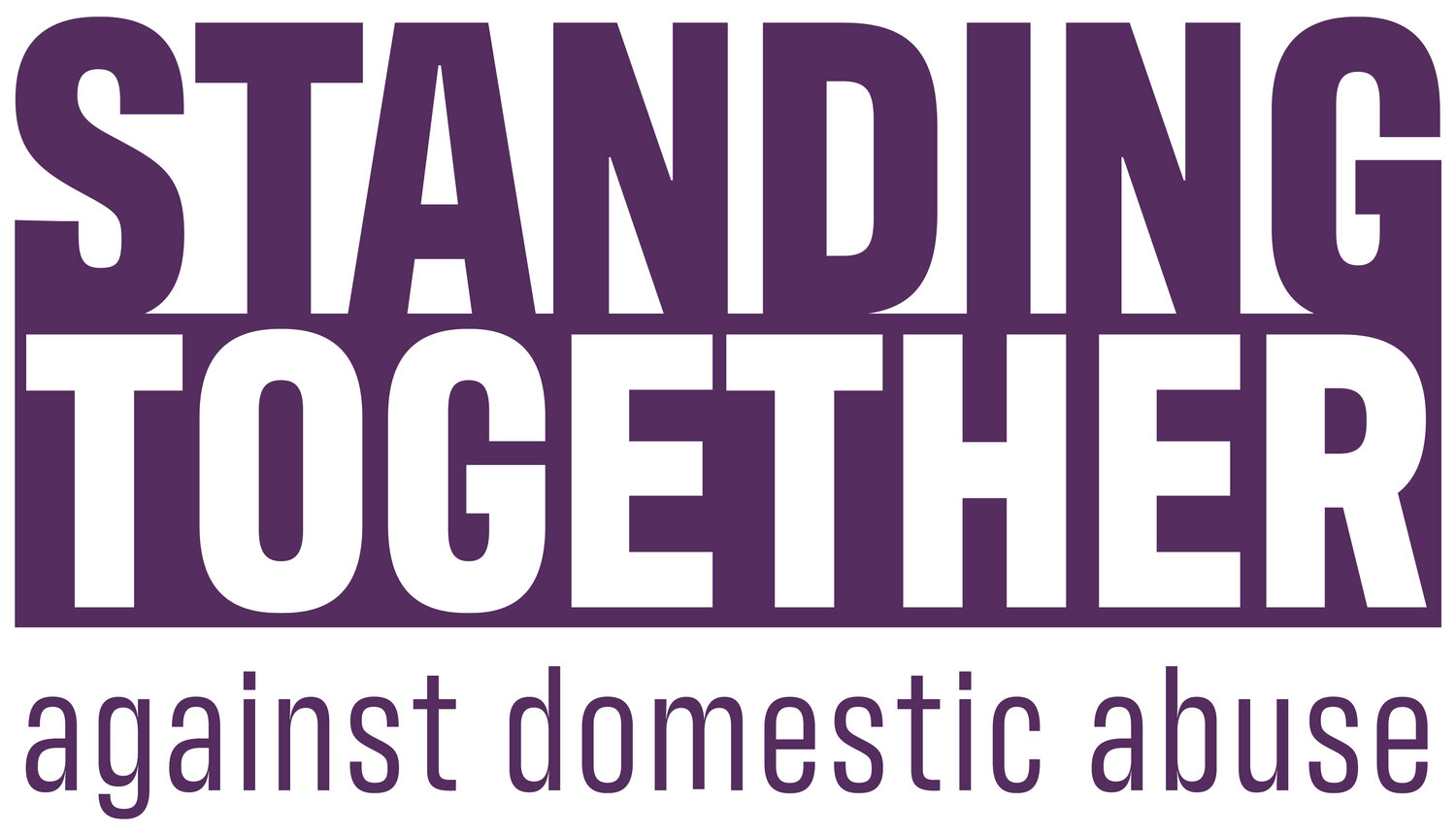Supporting Remote Employees: The Hidden Challenge of Domestic Abuse
Today, we sit with Jaz Bangerh, Director of People & Culture at Standing Together Against Domestic Abuse. She is passionate about people, wellbeing, and creating great workplace cultures. With a strong leadership background, she believes businesses should be more than just places to work; they should be spaces where people feel safe, valued, and able to thrive. When employees are supported, they bring energy, ideas, and commitment, driving success for everyone.
A people-first culture isn’t just a nice extra—it’s what makes businesses stronger, more resilient, and better places to be. When people thrive, so does the business.
Remote Work: A Critical Challenge for Employee Safety
As organisations embrace remote and hybrid working, we have tackled plenty of challenges—keeping teams connected, maintaining productivity, and fostering a strong culture.
But one critical issue is often overlooked: how do we support employees who may be experiencing domestic abuse at home?
For many, the office once provided a safe haven—a place of connection, routine, and security. A kind colleague, an observant manager, or simply time away from home could be a lifeline. But with remote work, those touchpoints have faded, leaving some employees isolated with no escape.
Domestic abuse doesn’t always leave visible scars. It can be psychological, financial, or emotional, making it even harder to detect—especially through a screen. Yet, our responsibility remains: to create a workplace culture where people feel seen, heard, and supported, no matter where they work.
The Reality: Domestic Abuse in a Remote Work World
· 1 in 3 UK workers (37%) have experienced domestic abuse, highlighting the critical role of workplaces in survivor support. (Vodafone Foundation, 2019)
· Economic abuse is a significant barrier—many survivors face financial control, which limits their independence and ability to leave. (Surviving Economic Abuse, 2021)
· Domestic abuse significantly impacts employment, with survivors experiencing job disruption, financial hardship, and inadequate workplace support. (TUC, 2020)
Turning Awareness into Action: What Businesses Can Do
Domestic abuse is not just a private issue—it’s a workplace issue. Here’s how businesses can step up:
1. Foster a Culture of Trust and Openness
A workplace where employees feel safe to speak up is a workplace that saves lives. Let’s make it clear that wellbeing comes first and that asking for help is not a weakness—it’s a strength.
2. Check In with Empathy and Intent
Every one-to-one conversation is an opportunity. A genuine “How are you?” can be the first step in creating trust.
3. Train Leaders to Spot the Signs
Subtle changes in behaviour, disengagement, or unusual work patterns can be silent cries for help. Managers must be trained to recognise these signs and respond appropriately.
4. Provide Safe and Confidential Channels
Employees need multiple ways to reach out, whether it’s a private email, a designated HR contact, or an anonymous helpline. They must feel safe seeking help without fear of exposure.
5. Signpost Support Loudly and Often
Domestic abuse support should not be buried in an HR policy document. It must be visible, normalised, and regularly shared in company communications.
6. Lead With Action, Not Just Words
A domestic abuse policy isn’t just a formality—it’s a commitment. Businesses must offer:
o Flexible working arrangements
o Emergency leave for survivors
o Access to professional support services
A Call to Action: We All Have a Role to Play
Remote work should not mean employees suffer in silence.
This is not just an HR issue—it’s a human issue. As leaders, colleagues, and teammates, we all have the power to be a source of support.
By fostering an open, supportive workplace and putting practical measures in place, we can make a real difference.
No one should feel trapped at home with an abuser because their workplace failed to support them.
Let’s build a workplace where employees don’t just survive—they thrive. Where silence is not the norm. And where every individual knows: help is there when they need it.
Because behind every screen is a person who matters. And every person deserves to be safe.
